
Scriptwriting is one of the most important steps of the video production process. It is also the step that we find companies struggle with the most.
While many adults have been schooled in writing, script writing is a different skill altogether. Poor script writing can make videos appear awkward, tedious, or unnatural. You can have the best lighting, graphics, and talent in the world, but if the script is not up to par, your video will underperform.
Now the good news. Video script writing is not hard once you understand some basic tenets and get some practice. Here are three simple steps to make your scripts irresistible.
1. Your script should appeal to a target audience.
A stand-out video script starts with the question, “Who am I speaking to and why?”
Be specific when you answer this question. Who are you reaching out to? It’s time to become an expert demographer. Consider your audiences’ sex, age, education, location, marital status, hobbies, and whatever information would create a complete picture of the people you are trying to reach. This information will help you craft an effective tone for your script and inform your language, social norms, and humor.
Next, dig deeper into the information your audience seeks. What do they already know and what do they want to know? This thinking will help you craft dialog that is relevant and direct.
Also, consider where you plan to promote this video and the audience on that platform. A video created for a conference or for your website will differ from one created for social media. Also, within social media, the audience on LinkedIn will differ greatly from that on Facebook or YouTube.

2. Your script should solve a problem.
Part of the challenge of writing a stellar video script is deciding the structure of the content. Begin by answering the question, “What is the problem being solved?”
Once you have defined what customer problem you want to address, leverage the first part of the video to remind your audience of the problem you will solve.
Boom! Now you have a starting point for the rest of the script. The rest of the script speaks to the audiences’ pain point and then introduces the solution that alleviates their pain.
But remember to focus on the benefits, not the features. Features describe attributes about a product or service. Benefits show a user how the solution will make their life better. For instance, a feature of your software platform may be an integration function. The benefit is that it saves the customer time and frustration of manual integration.
3. Your script needs a core message.
The final way to WOW your audience is to define your core message. What core message do you want to communicate?
This step may require a brainstorming session with key stakeholders. Often people have a sense of what they want to convey in their video marketing such as “grow brand awareness” or “promote our company culture.” These ideas are too broad. The core message is more granular and will require a deeper dive. Consider using a series of “so what?” questions to work backwards. This process will provide insight into your customers’ perspective and help you identify why your service or product, or culture is valuable.
Also, when supporting your message, aim to have no more than three supporting points. Research has shown that people have a special affinity for remembering three points when processing information. This rule applies to all kinds of content from speaking to storytelling, to literature, slogans and marketing. If you find yourself wanting to share more than three key points, it’s time to either table some points for a later video or consider organizing a series of videos instead.
More resources worth reading:
Search vLink’s Resources, News, and Events
vLink Solutions is always adding new tips and tricks, case studies, infographics, and more.

What You Need to Create Successful Virtual Training Sessions
In recent years, virtual instructor-led training (VILT) has been gaining immense popularity, transforming the way people learn and acquire new skills. With the convenience and accessibility of online learning, there is now a course available for about anything you can imagine—from professional development to personal hobbies. Whether you’re looking to upskill for your career or explore a new interest, virtual instructor-led training provides the flexibility of learning from anywhere, while still maintaining the structure and guidance of an instructor. It’s clear that this approach to education is reshaping the future of learning, making high-quality instruction more accessible to people around the world.
But you may be wondering how to bring your own VILT course to life, or even become a non-negotiable course of interest in your field. Check out these six strategies that can take your course from drab to fab in a few impactful ways.

How to Repurpose and Share Video Content Across Platforms
When it comes to digital content and all its glorious forms, video reigns as king. But why limit your creations to just one kingdom when you can conquer multiple platforms? Repurposing and sharing video content across platforms not only maximizes your reach but also adds versatility to your storytelling.
So, what does it take to boost a video’s reach with targeted campaigns and make it an internet blockbuster? Let’s break it down…

Client Testimonials Say It Best – ivision Case Study
We recently had the honor of working with a new client, ivision – a full-service technology integration and management firm based in Atlanta, specializing in digital transformation. Their areas of expertise cover security, public cloud, digital workspace, enterprise infrastructure and more.
When they came to us, their video needs included content for internal communications featuring some especially impactful customer testimonial videos. The concept for the client testimonials included 15 CIOs and CTOs of their most renowned clients having an on-camera interview with the ivision CEO, David Degitz, at the ivision headquarters. Each client had powerful success stories and positive feedback to share, which made for incredible content for the project. Read more and be sure to watch these impactful customer experience videos.

Turn Your Video Content into a Blockbuster with Targeted Campaigns
This may go without saying, but your target audience is everything if you hope to boost your video’s reach within the vast landscape of digital content available to viewers. That’s where the magic of targeted campaigns comes in. It’s not just about creating great videos; it’s about ensuring they reach the right audience, grab – and hold – their attention, and leave a lasting impression.
So, what does it take to boost a video’s reach with targeted campaigns and make it an internet blockbuster? Let’s break it down…

You’re Invited to The Table on Delk Awareness Dinner
In this issue of Lights, Camera, Engagement, we’re veering off from our typical content to encourage you to engage in the fight against human trafficking. In 2016, my wife, Tina, and I founded The Table on Delk (The Table), a 501 (c) 3 non-profit whose mission is to end sexual exploitation along the Delk Road corridor in metro Atlanta. Today, our organization reaches more than 1,500 individuals every year. Read on to learn more about The Table and for a special invitation to be a part of our mission, without needing to open your wallet.

vLink Goes to Vegas with AVIXA – Case Study
Check out our case study featuring our client work with AVIXA at InfoComm 2024 in Las Vegas.
At vLink Solutions, we pride ourselves on delivering exceptional live production and streaming services, and our partnership with AVIXA is a testament to that commitment.
AVIXA is a global trade association for the professional audiovisual industry with members in over 80 countries. AVIXA’s InfoComm is one of the largest AV tradeshows in the world. vLink Solutions has been working with AVIXA over the past four years to help produce their AVIXA TV show live from the InfoComm exhibition floor.

Make Your Training Snackable with Microlearning
In the ever-evolving landscape of workplace training, the buzz around microlearning is hard to ignore. Gone are the days of marathon training sessions that leave participants dazed and confused. Instead, say “hello” to microlearning – the superhero of modern training strategies. Let’s unpack this concept and discover the role of microlearning in transforming the way we learn, one byte-sized lesson at a time.

Internal Video Communication Challenges and How to Overcome Them
With the rise of remote work and distributed teams, effective communication is more crucial than ever. Videos have emerged as an invaluable tool for fostering collaboration, sharing information, and maintaining unity. Whether you are thinking about incorporating video into your internal communications or already implementing various video solutions, we have a few tips on how to best leverage video content for your business, ensure they are high quality, and effectively distribute them.

6 Tips on How to Humanize Your Brand with Video
In the digital age, where screens mediate our interactions, the quest to humanize your brand is crucial. Enter the unsung hero of connection – video. It’s not just about showcasing your products or services; it’s about inviting your audience behind the scenes, letting them peek into the beating heart of your brand. So, what gives your video content that human element? Check out these tips…

The Power of Visual Narratives – Case Study
Check out a case study featuring our client work with MUST Ministries, renowned for their tireless efforts in combating poverty, providing housing, food, clothes, job development, and healthcare to struggling individuals and families.

How to Make the Most of Your Live Stream Q&As
In the captivating realm of hybrid and live streaming, engaging Q&A sessions offer a direct bridge between content creators and their audience. Whether you are a seasoned host or a first timer, the magic lies in the interaction. Everyone knows to repeat the question for clarity and to make sure the entire audience hears it. But here are some best practices for hosting successful Q&A sessions that leave your audience enchanted.

Interactive Videos: Engaging Your Audience In A New Way
Move over static content; it’s time to embrace a dynamic and engaging way to connect with your audience. Try adding something new to the ever-evolving landscape of digital content – interactive videos!

Cutting Edge Technology Promotion Meets Stunt Work – Case Study
Check out a case study featuring our client work with ZKTeco, a cutting-edge company that designs and manufactures access management and entrance control technology.

Why Eye-Catching Thumbnails Are More Important Than You Think
In the vast sea of internet content available at our fingertips, your video’s thumbnail image is the ambassador to your masterpiece. It’s the first impression, the spark that ignites curiosity, and the gatekeeper to viewership. Creating eye-catching thumbnails isn’t just an art; it’s a science. So, let’s dive into the world of visual allure and discover how crafting captivating thumbnails can skyrocket your view rates.

The Key to Successful Online Trainings
Online Training Videos are the future for successful teams. Watch this video to learn about our proven online training framework: “The 3 P’s” – Preparation, Production and Promotion. These tips will guide you in turning your content into an effective, online video training.
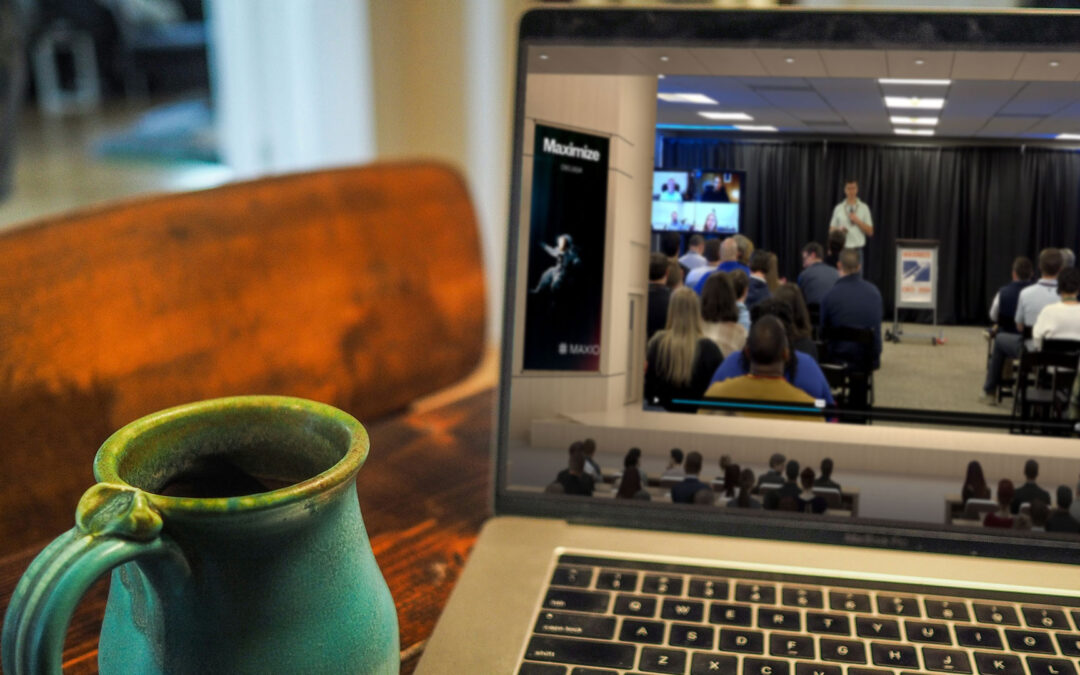
How To Implement Live Video Town Halls
In the ever-evolving landscape of modern workplaces, the traditional office setting is taking a backseat to remote work and flexible schedules. As teams become more dispersed, keeping everyone in the loop and fostering a sense of unity can be a challenge. That’s where the magic of live Video Town Halls comes into play. Imagine a virtual town square where your team can gather, share updates, and connect, all from the comfort of their home offices. It’s not just a meeting; it’s a celebration of collaboration. Let’s dive into the exciting world of Video Town Halls and how they can revolutionize large-scale internal communication.
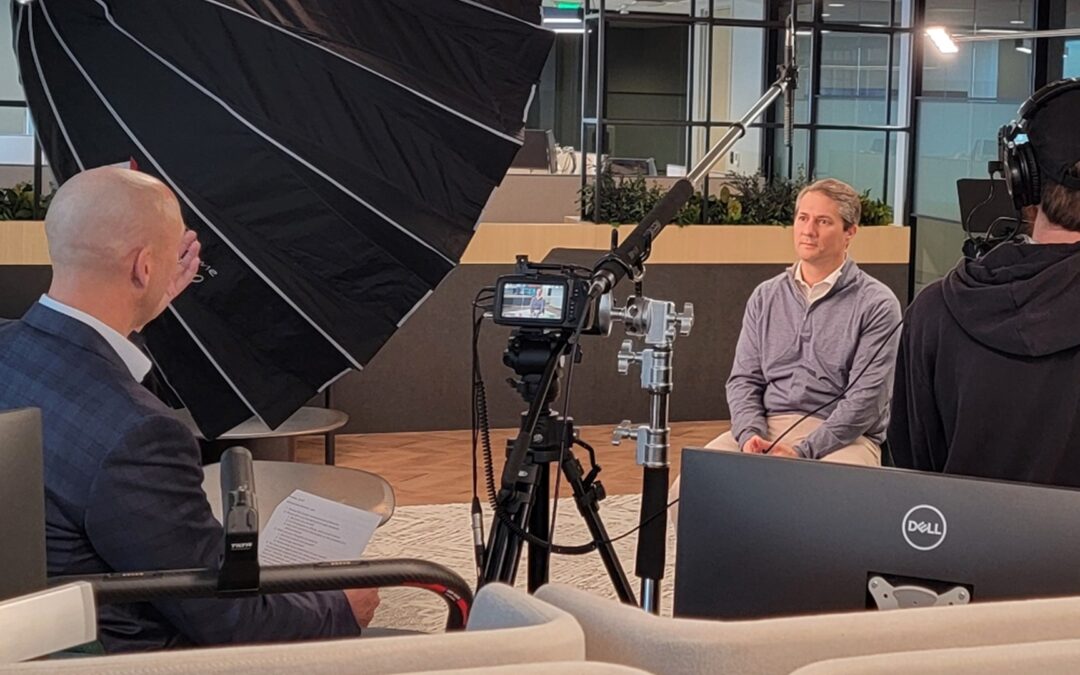
Video Testimonials are The Secret Sauce to Powerful Marketing
In the fast-paced digital world we live in where information bombards us from every corner of the internet, establishing credibility and trust is no small feat. Whether you’re a budding entrepreneur, or a seasoned marketing executive, you know that credibility is the currency of success. So, how do you stand out in a sea of options? Enter the unsung heroes of the marketing world: video testimonials.
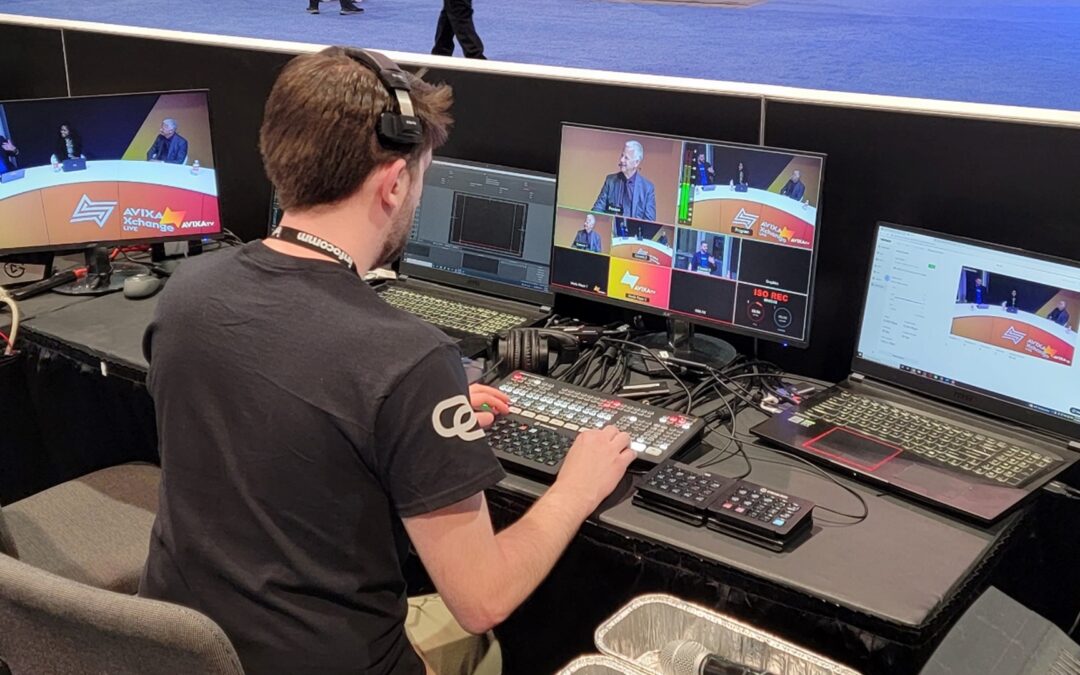
Six Ways Live-Streaming Can Benefit Your Business
Technology has given businesses and brands the ability to market, sell, and grow at a remarkable rate. However, the businesses and brands that are benefiting the most from it are those that utilize Live Streaming. From LinkedIn Live to a full-scale virtual event, businesses and brands can connect with their audience in real-time, creating a more interactive and engaging viewer experience. In case you’re not convinced, here are six ways live streaming could benefit your brand:

Best of 2023 – vLink Staff Favorites
As we close 2023, the staff at vLink want to thank all our clients that allowed us to help them with the video and live streaming needs. We also wanted to share some of our favorite videos produced throughout the year. There were nearly 1500 to choose from but these 6 were among the most memorable and fun to create.
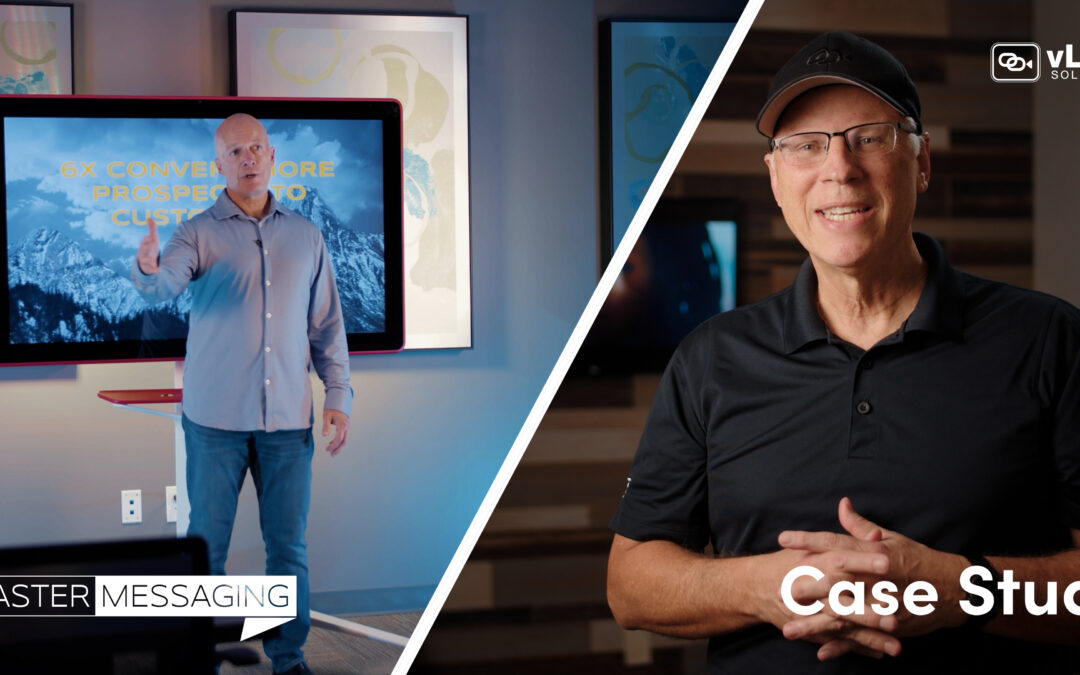
MasterMessaging: Creating 30 Videos in a day and a half – Case Study
MasterMessaging is a long-time client of ours. They help clients increase their revenue in predictable and sustainable ways through training and consultation. In this case study, we discuss how we created 30 plus training videos in a day and a half.
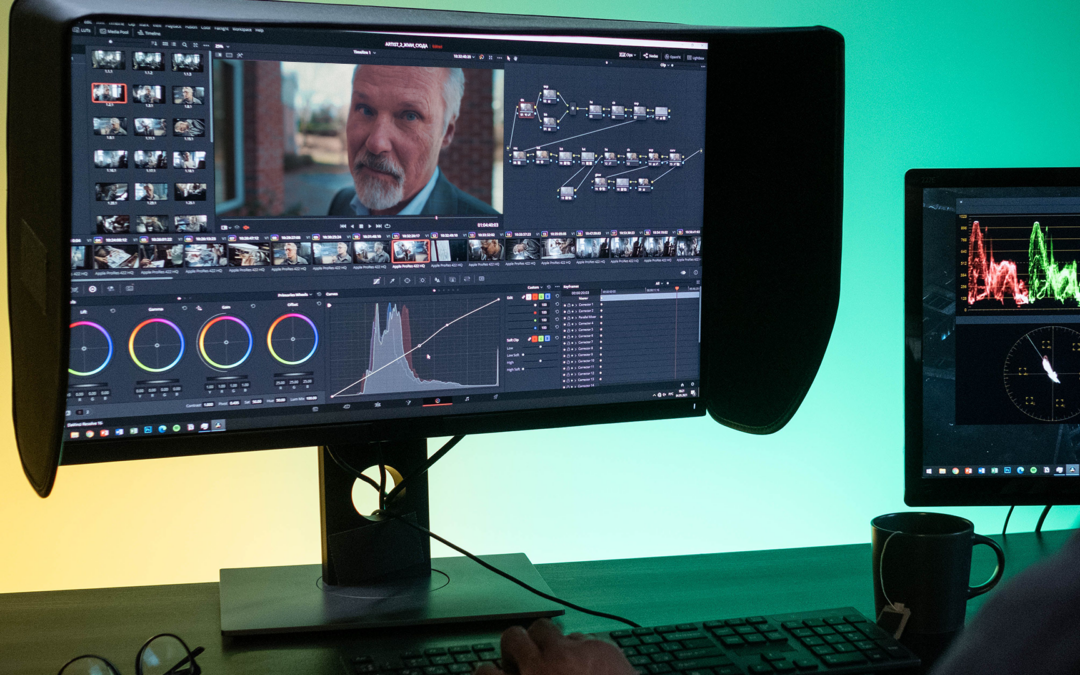
Unlocking Human Emotions: The Key to Successful Video Marketing
Emotions are a powerful driving force in human behavior. They influence our decision-making process and using them can be a valuable tool in video marketing. Leveraging emotional appeal tailored to your target audience is a marketing technique that will evoke feelings and create a connection that drives engagement.

How to Make Videos that Speak to Your Audience’s Values
The success of your video marketing strategy also hinges on how well your content resonates with the values and beliefs of your audience. Without this key piece of the puzzle, you may end up with a fancy video that looks and sounds great but falls flat without producing the results you’re looking for. Speaking directly to the values and beliefs of your audience is crucial for the success of your marketing strategy.
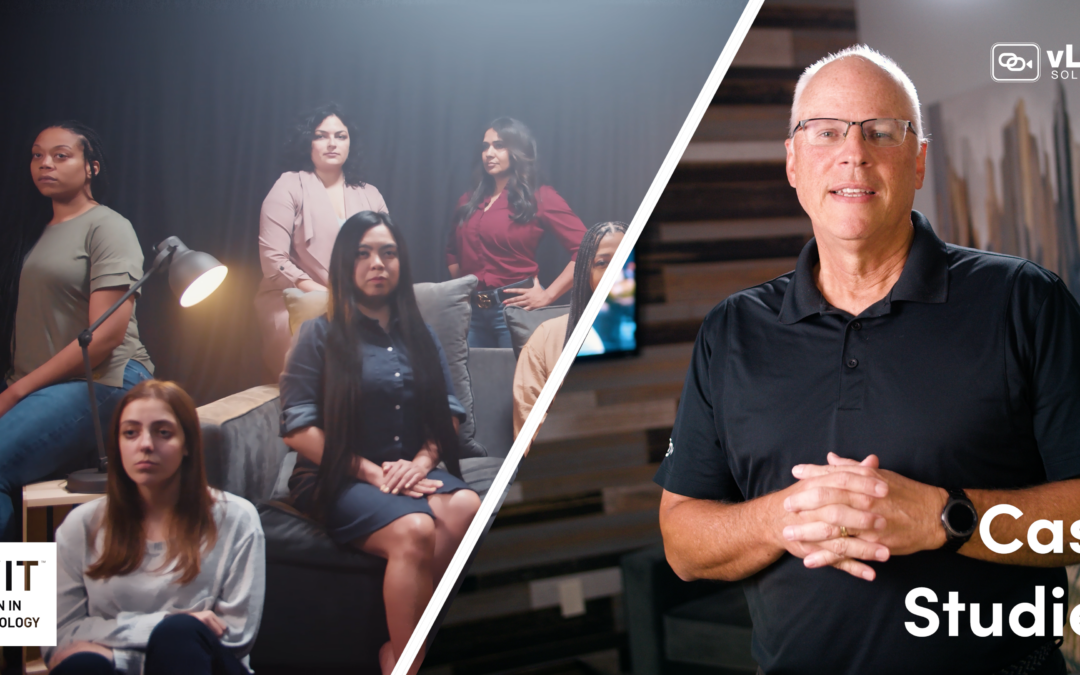
WIT: Videos that Raise Awareness – Case Study
We love it when we get to partner with non-profit organizations. One of these valued organizations, Women in Technology (WIT), empowers girls and women to excel in science, technology, engineering, the arts, and math (S.T.E.A.M) from the classroom to the boardroom. WIT has had enormous success in expanding their reach, growing their membership, and raising millions over 30 years.
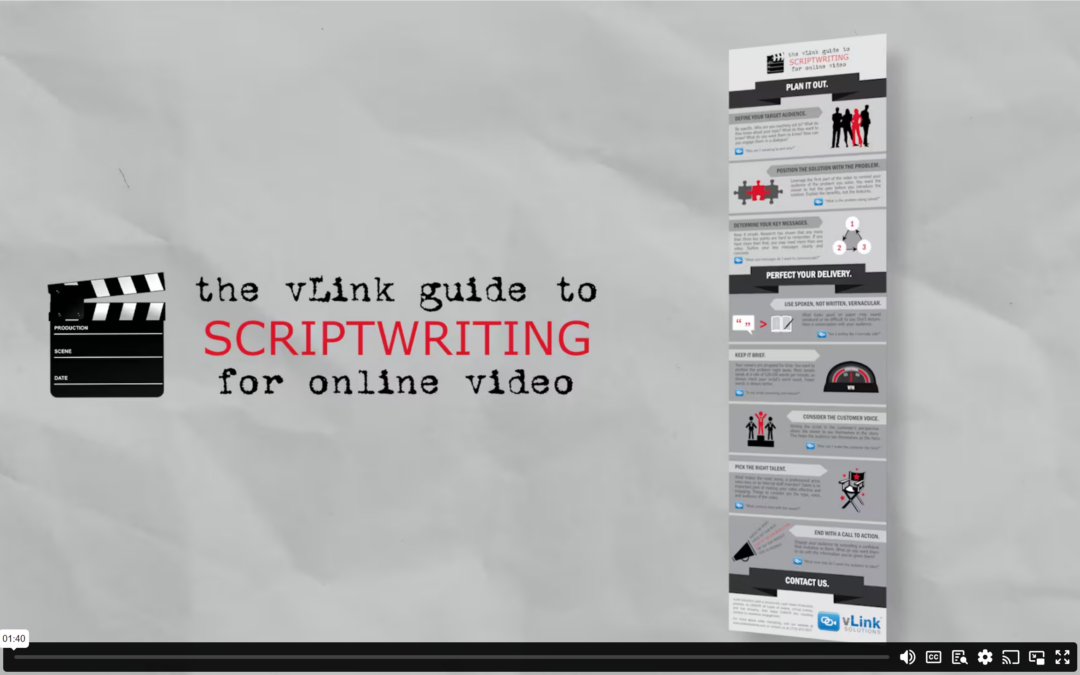
The vLink Guide to Scriptwriting for Online Video – Animated Infographic
One of the first steps to creating a great marketing video is writing an effective script. This animated infographic will give you vLink’s Guide to Scriptwriting for Online Video. This is especially helpful if you are new to video marketing.
